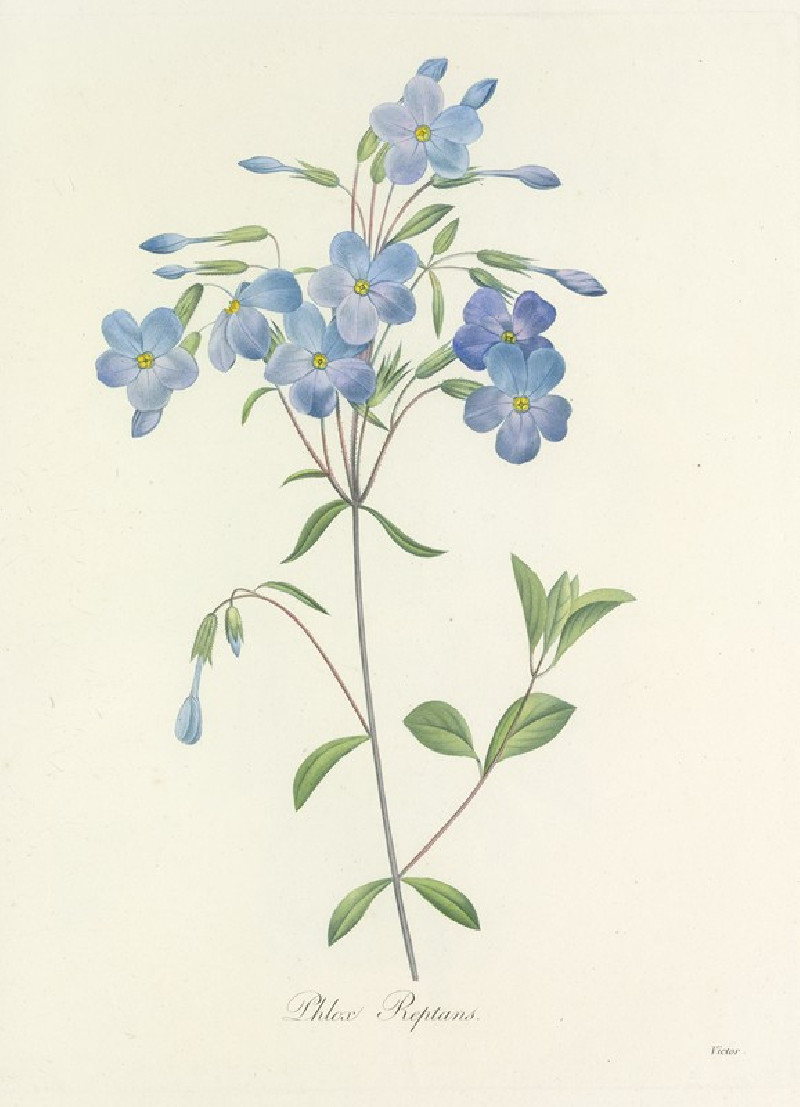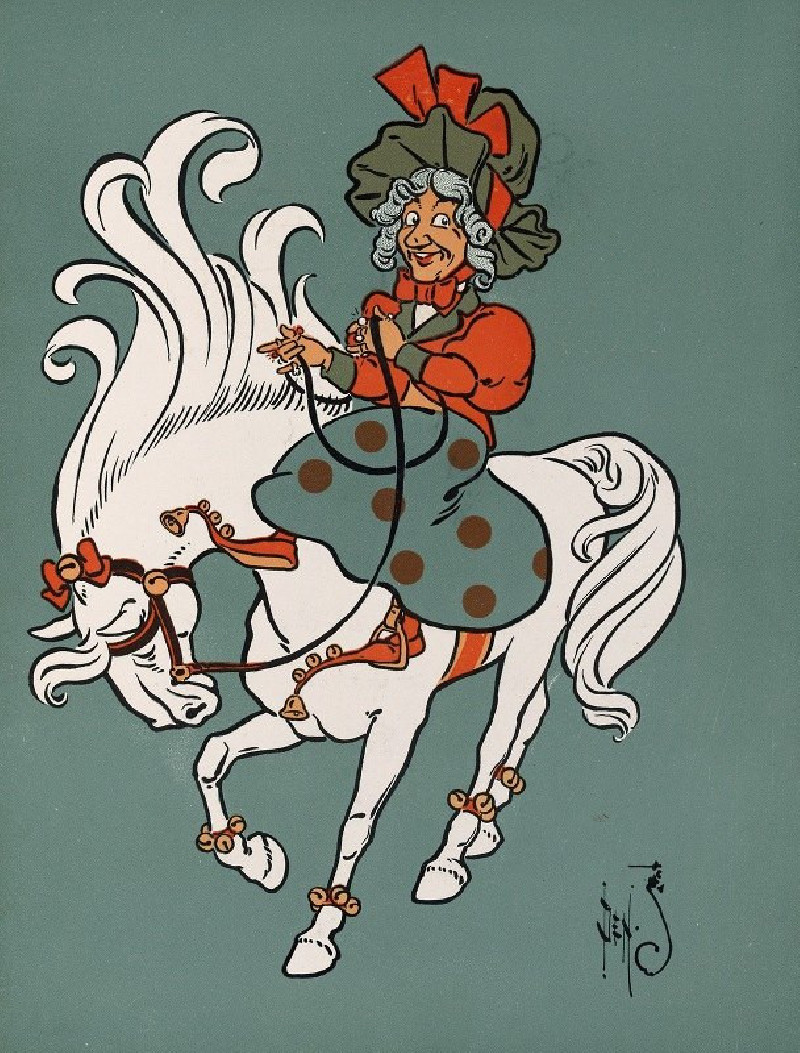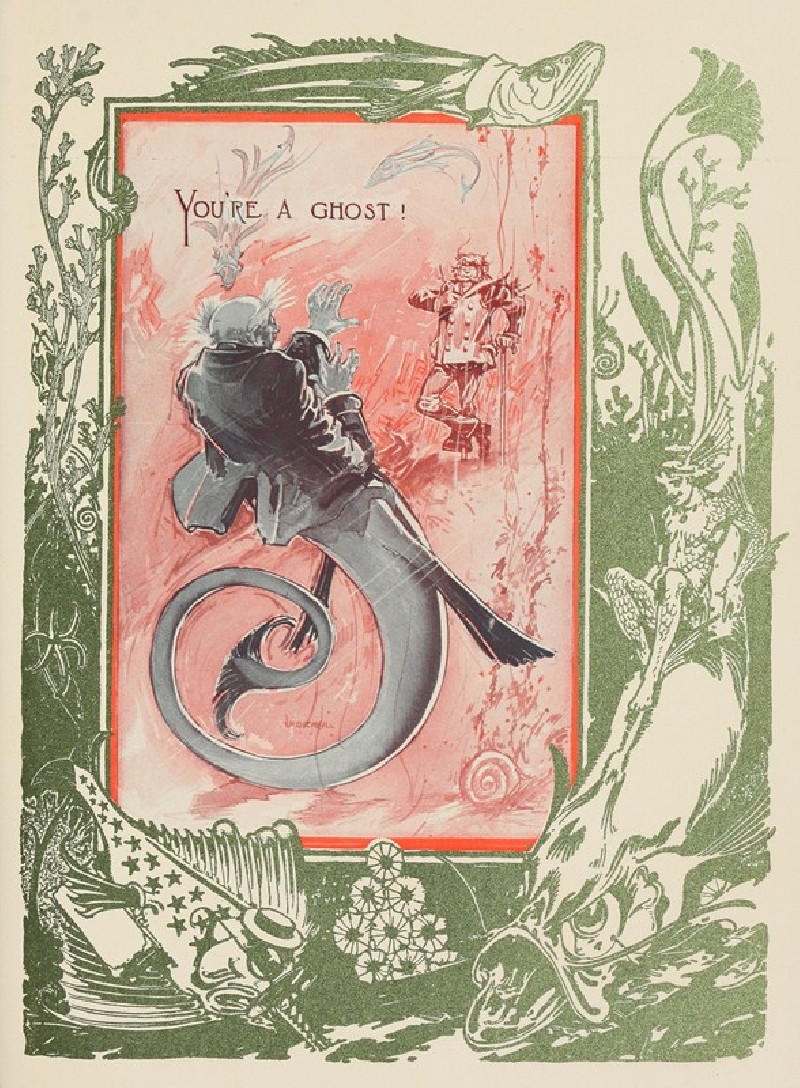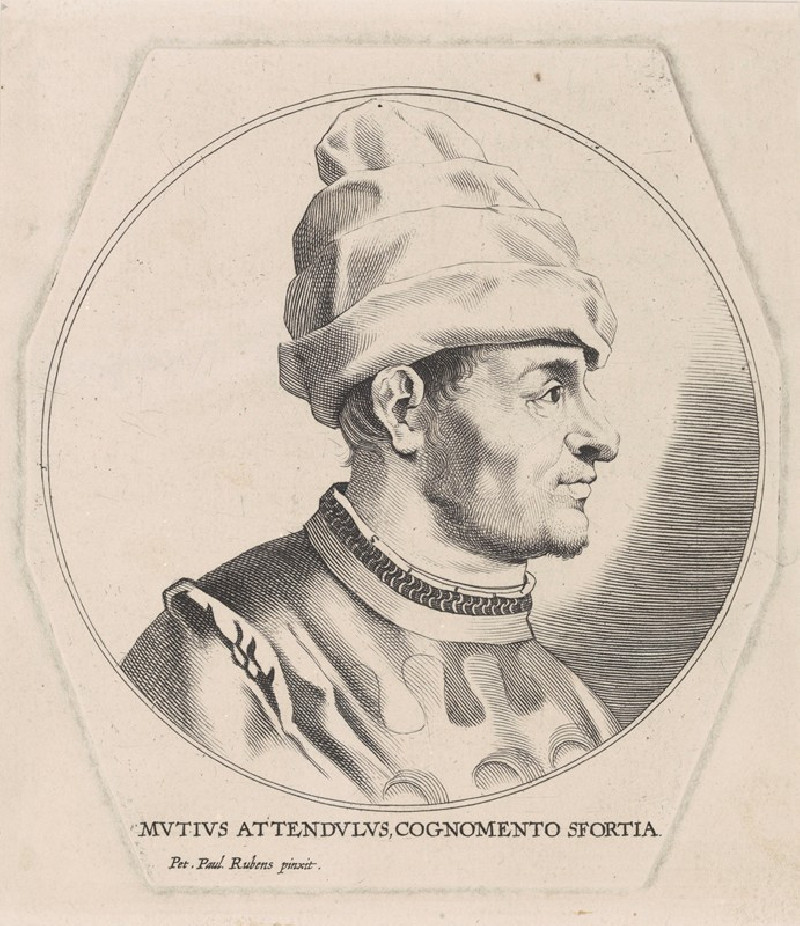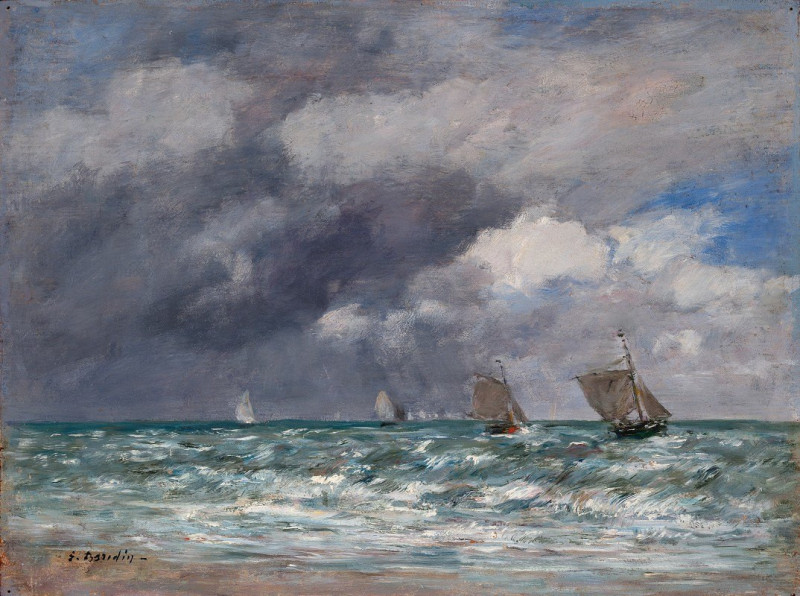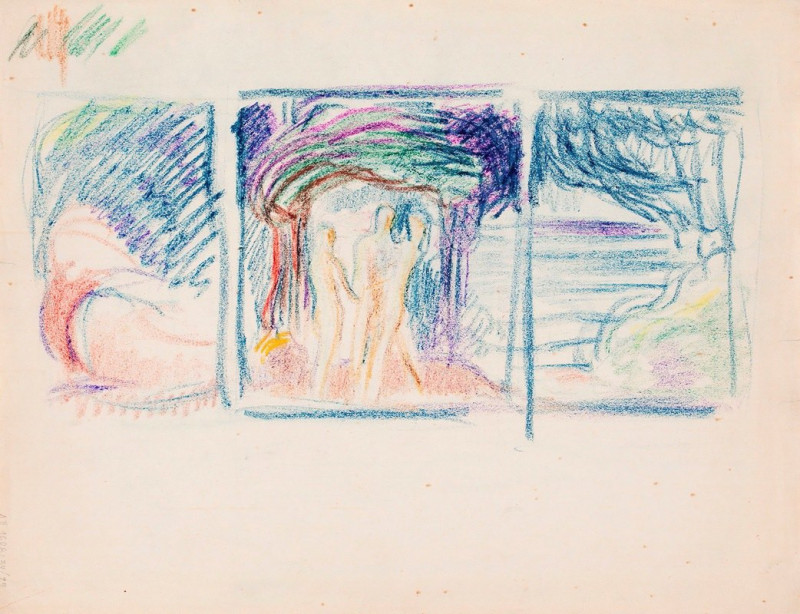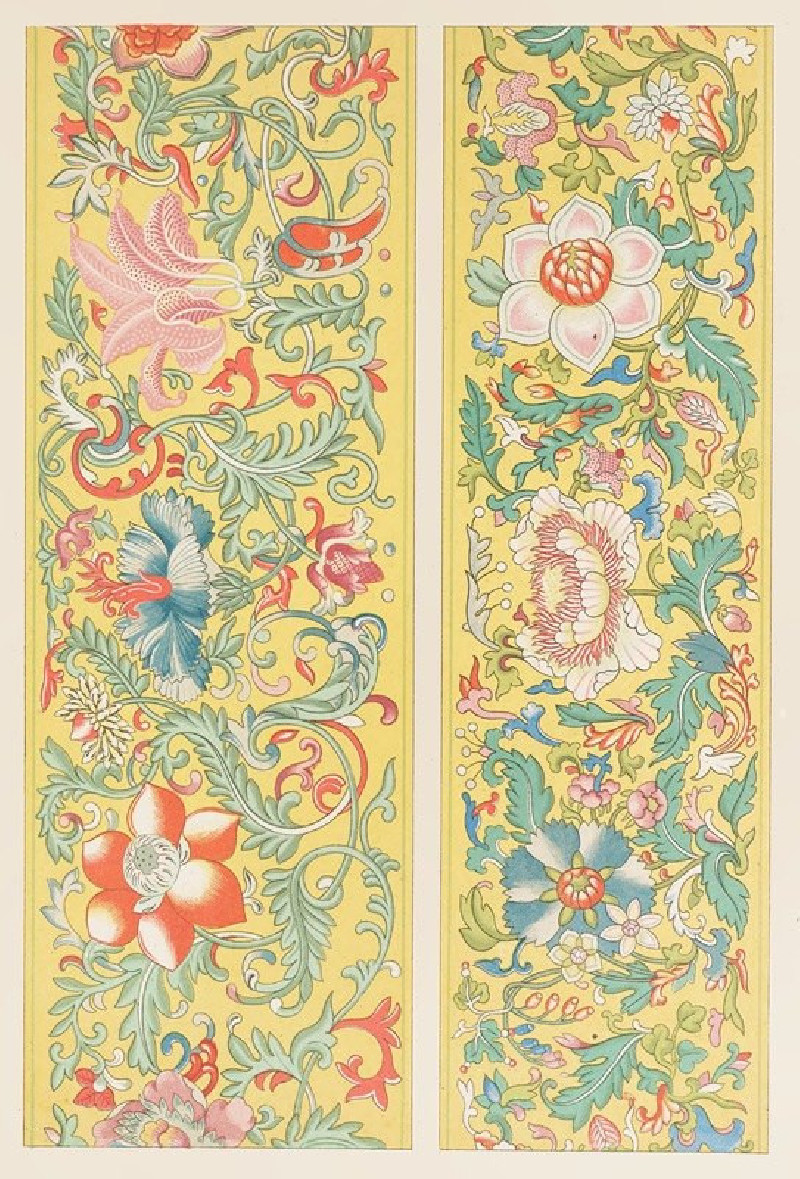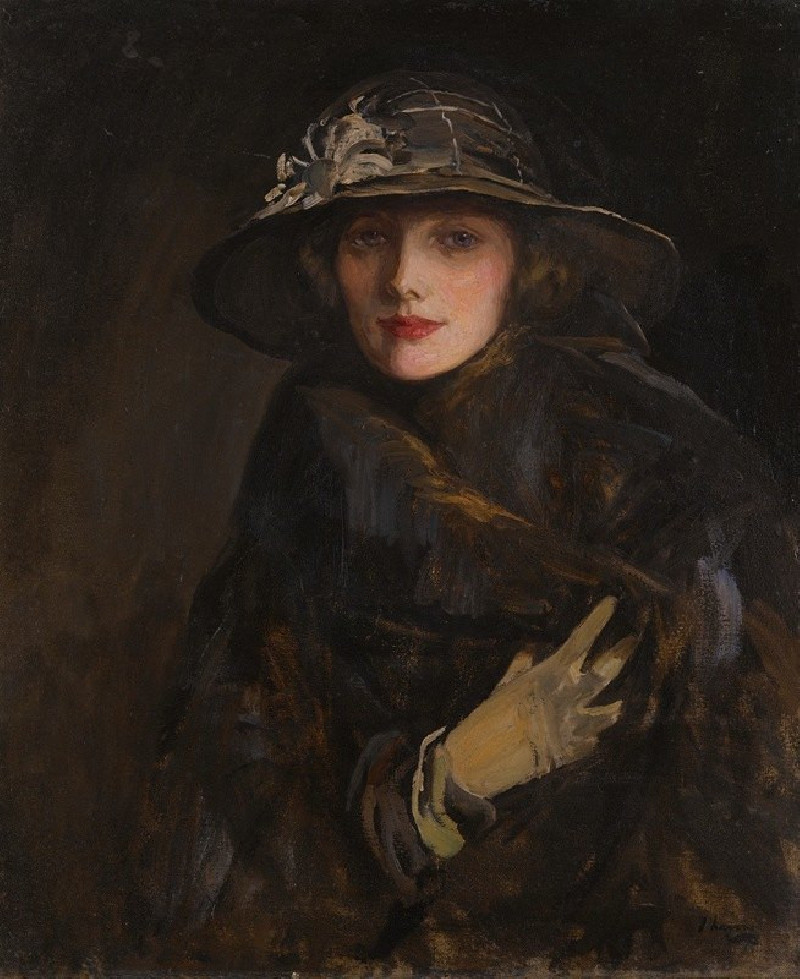Marie de Raet (1631)
Technique: Giclée quality print
Recommended by our customers
More about this artwork
Delve into the rich tapestry of 17th-century aristocracy with Anthony van Dyck's captivating portrait, "Marie de Raet," painted in 1631. This exquisite artwork showcases van Dyck's mastery in portraying nobility with grace and sophistication.In this painting, we are greeted by the poised figure of Marie de Raet, standing elegantly against a somber backdrop that highlights her luminous presence. She is dressed in a lavish black gown that radiates luxury, with intricate lace detailing at the cuffs and a striking, wide lace collar framing her face. The texture and sheen of her dress suggest it is made of sumptuous velvet, which, combined with the opulent jewel embellishments and intricate trimmings, speaks of her high social standing.Marie's hair is styled in soft, golden curls that cascade around her shoulders, lending a gentle warmth to the composition. Her expression is serene yet confident, capturing the viewer’s attention with her direct gaze, which is both commanding and inviting.Adding a touch of endearment to the scene, a small, attentive dog sits at her feet, looking up at its mistress with loyalty and affection. This inclusion not only further accentuates her status but also adds a personal, intimate element to the portrayal, suggesting her gentle nature.Anthony van Dyck, a leading court painter in England, was renowned for his ability to capture the essence of his subjects with psychological depth and aesthetic finesse.
Delivery
Returns
Sir Anthony van Dyck (1599 – 1641) was a Flemish Baroque artist who became the leading court painter in England after success in the Spanish Netherlands and Italy.
The seventh child of Frans van Dyck, a wealthy Antwerp silk merchant, Anthony painted from an early age. He was successful as an independent painter in his late teens, and became a master in the Antwerp guild in 1618. By this time he was working in the studio of the leading northern painter of the day, Peter Paul Rubens, who became a major influence on his work.



































